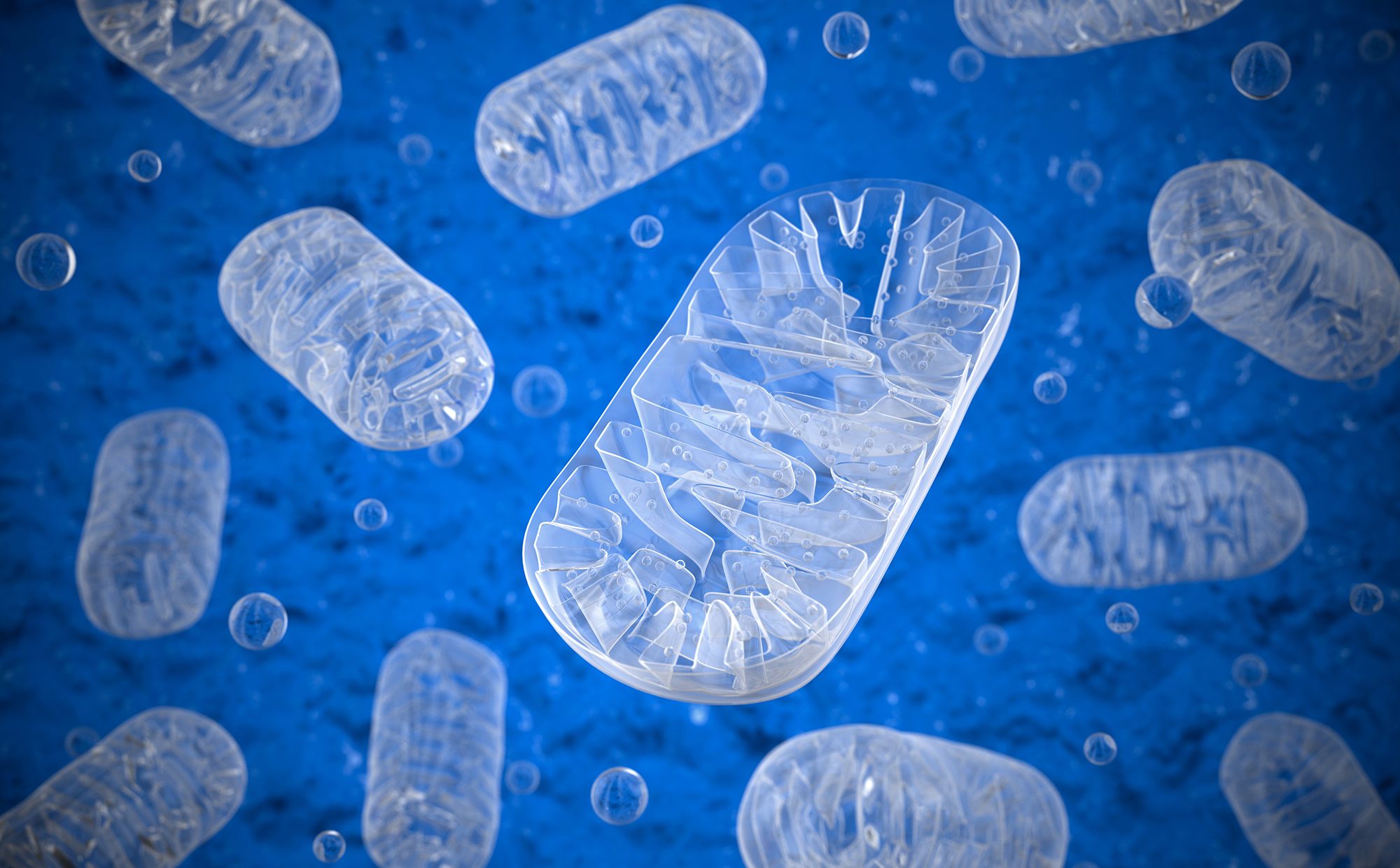Autophagy is a natural, conserved process where cells degrade and recycle their own components, including damaged proteins and organelles. This targeted removal is orchestrated by cargo receptors, which recruit autophagy molecular machinery to material to be eliminated. Notably, dysregulation of mitophagy, a form of autophagy in which mitochondria are degraded, is associated with neurotoxic accumulation of protein aggregates in neurodegenerative diseases, such as Parkinson’s disease.
In a new study published in Nature Cell Biology titled, “Reconstitution of BNIP3/NIX-mitophagy initiation reveals hierarchical flexibility of the autophagy machinery,” researchers from the University of Vienna have uncovered the molecular rules for mitophagy initiation by transmembrane cargo receptors for therapeutic applications.
Although the mechanisms by which soluble cargo receptors recruit the autophagy machinery have been well studied, the principles governing how organelle-localized transmembrane cargo receptors initiate selective autophagy have been poorly understood.
Soluble cargo receptors are dynamically recruited to the cargo material upon ubiquitination. These receptors then attract components of the upstream machinery to induce biogenesis of the autophagosome, a double-membrane vesicle which engulfs a wide range of intracellular material and transports cargos to the lysosome for degradation. In contrast, transmembrane cargo receptors reside on various organelles and display large diversity in terms of number and structure.
“When we looked at the big picture, it became clear that, apart from the much-studied ‘PINK1/Parkin pathway,’ there were huge gaps in our knowledge of other mitophagy pathways,” said Elias Adriaenssens, PhD, a postdoctoral researcher at the Max Perutz Labs at the University of Vienna and lead author of the study. “Our laboratory has explored these neglected areas by using biochemical reconstitutions to gain fundamental mechanistic insights.”
The researchers found that transmembrane cargo receptors can initiate autophagosome biogenesis through two distinct pathways: one by recruiting the upstream FIP200/ULK1 complex and another by recruiting a WIPI–ATG13 complex. The results reveal flexibility among selective autophagy pathways and show that the general principles of soluble cargo receptors do not universally apply to all transmembrane cargo receptors.
Using mass spectrometry, the authors showed that WIPI proteins bound to NIX and BNIP3, two known mitophagy receptors, to facilitate interaction with FIP200. This interaction was notable as WIPI proteins were previously believed to act later in the signaling pathway.
Additionally, other transmembrane mitophagy receptors, including FUNDC1 and BCL2L13, exclusively used the FIP200/ULK1 complex, whereas FKBP8, an autophagy regulatory protein, and the endoplasmic reticulum (ER)-phagy receptor TEX264 are capable of utilizing both pathways to initiate autophagy.
“This is an exciting discovery—it reveals a parallel trigger for selective autophagy. Instead of a single, universal mechanism, cells appear to use different molecular strategies depending on the receptor and context. Until now, no one has considered WIPI proteins to be key players in triggering autophagosome formation, but our discovery could change that view,” Adriaenssens continued.
The authors stated that future studies will investigate the regulatory mechanisms governing these pathways and explore the implications in various cellular contexts and disease states. Notably, distinguishing between selective mitophagy signaling pathways could pave therapies that activate one pathway to compensate for defects in the other, offering potential treatment of neurodegenerative diseases, such as Parkinson’s.
